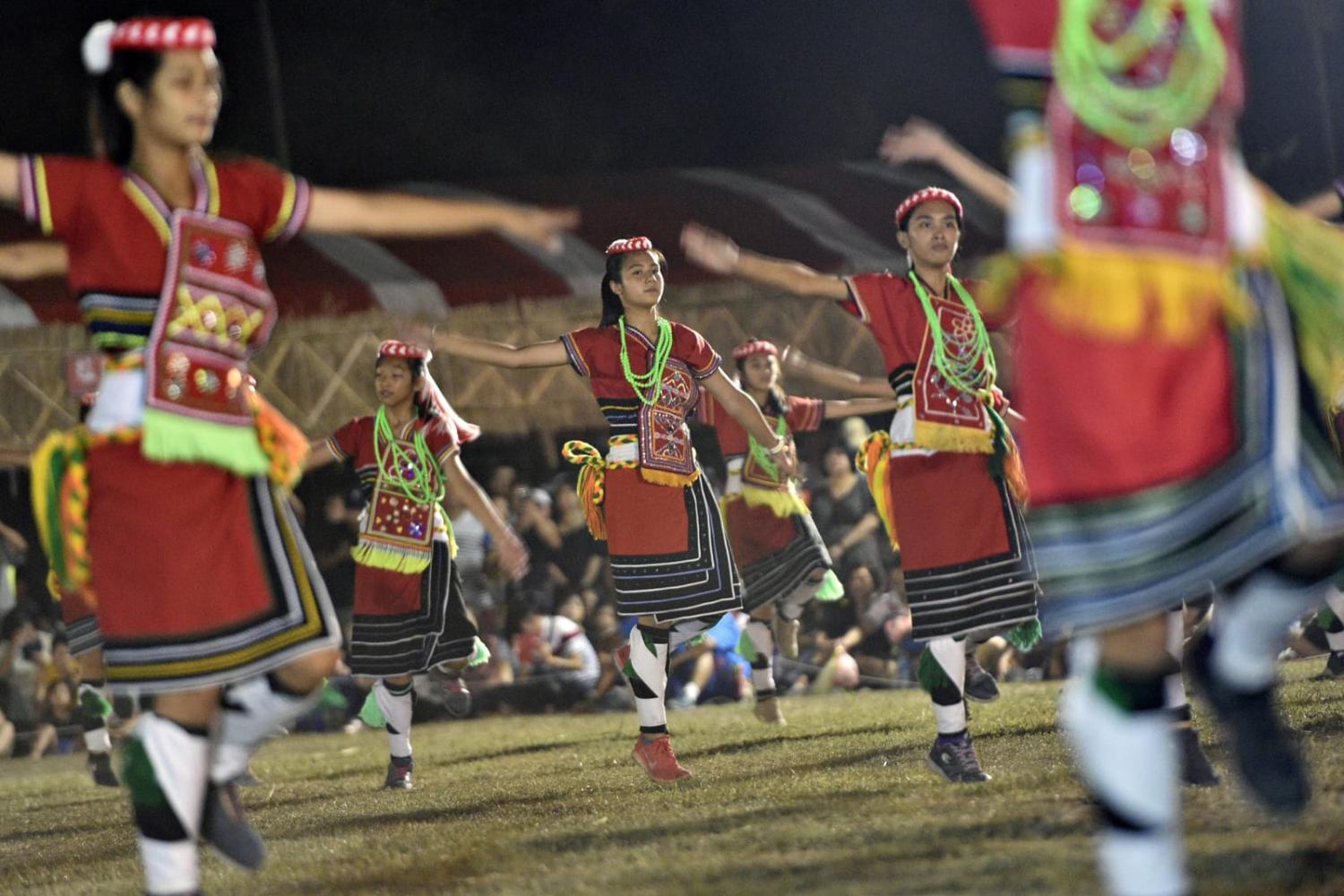It may not be well known in Australia, but Indigenous peoples have lived in Taiwan for more than 5,000 years. Indigenous Taiwanese are part of the Austronesian language family group of Malayo-Polynesian Indigenous peoples spanning maritime Southeast Asia and the Pacific, which includes Australia’s Torres Strait Islanders.
Indeed, Taiwan is believed to be a starting point from which Austronesian-speaking peoples settled parts of maritime Southeast Asia and islands of the Indo-Pacific extending as far as Easter Island to the east, Madagascar to the west, Hawaii to the north and New Zealand to the south.
Appreciating these historical and ongoing links will provide greater breadth to the relationship between Australia and Taiwan, beyond the geopolitical dynamics which often tend to define our understanding, missing the rich depth of connections.
Indigenous peoples officially constitute less than three per cent of Taiwan’s population of 23.5 million people, but a much larger part of Taiwan’s population is thought to have Indigenous ancestry. There are currently 16 officially recognised Indigenous tribes, while a number of other Indigenous groups continue to seek recognition. Taiwan’s Indigenous peoples have long fought for political, economic, cultural and linguistic rights, and for equality and opportunity.
Like Australia, Taiwan’s government is strongly committed to Indigenous reconciliation and, though challenges remain, since democratisation in the 1980s there has been significant progress in protecting and promoting Indigenous rights. Following Australia’s national apology of 2008, on 1 August 2016, Taiwan’s Indigenous Peoples Day, then newly elected President Tsai Ing-wen formally apologised to Taiwan’s Indigenous peoples on behalf of the government and established the Indigenous Historical Justice and Transitional Justice Committee to address past wrongs and “pursue historical justice”. President-elect William Lai, who will take over this month, has committed to continuing these policies.

Taiwan has in place a substantial system of Indigenous protections such as legislation to promote Indigenous peoples’ linguistic, cultural and economic rights and political representation, including six seats in Taiwan’s 113-member parliament. Indigenous languages are offered at school, and Taiwan’s parliament provides simultaneous interpretation for all of Taiwan’s languages including Indigenous languages. The Minister of Taiwan’s Council of Indigenous Peoples (CIP) regularly addresses parliament in his native Amis language and signage in CIP offices is in Indigenous languages as well as English and Mandarin. Taiwan’s judicial system allows for Indigenous hearings taking into account Indigenous customary law.
Although there is currently no legally binding framework for indigenous land claims, Taiwan’s Indigenous Peoples Basic Law recognises Indigenous peoples’ rights to land and natural resources. In March, Taiwan’s Supreme Court upheld the right of Indigenous peoples to hunt on traditional lands, quashing illegal firearm and poaching convictions against Tama Talum, an Indigenous man of the Bunun tribe, who had already received a presidential pardon against the criminal convictions.
Australia and Taiwan cooperate closely on indigenous issues. Both joined the Indigenous Peoples Economic and Trade Cooperation Arrangement (IPETCA), which also includes Canada and New Zealand, the first international framework for the economic empowerment of Indigenous people in the region and globally. This non-binding, cooperation-based arrangement will provide a framework and structure for Australia and Taiwan, together with other participating economies and Indigenous peoples, to establish dialogues, build partnerships, expand business contacts and increase global trade and investment opportunities, including for Indigenous women and Indigenous youth.
A plethora of education and arts programs have been established, including most recently the Tainan Museum of Archaeology’s “First Wave: Contemporary Australia-Taiwan Indigenous Fashion Exhibition” featuring the Bendigo Art Gallery’s Piinpi collection together with Taiwanese Indigenous pieces; the visit to Taiwan by leading Australian Indigenous soprano, composer and educator Deborah Cheetham Fraillon under the new Australia-Taiwan Friendship Year – Arts Exchange Partnership; and the University of Melbourne Indigenous Knowledge Institute’s outreach that is making important connections between Indigenous peoples of Australia, Taiwan, Indonesia and Japan.
Australian and Taiwanese Indigenous peoples are also connecting with Indigenous communities across the Pacific and broader region. Australia participates as an observer in the Austronesian Forum, a Taiwan-initiated grouping of Pacific and Southeast Asian members supporting initiatives to promote Indigenous cultural and linguistic heritage, human rights and youth and economic links, helping deepen Indigenous diplomacy with Taiwan and Pacific partners. Australia, Taiwan and New Zealand are also working together to promote Indigenous tourism including as organising partners of the World Indigenous Tourism Summit (WITS), with the second WITS held in Perth in March 2023 and the third WITS held in Kaohsiung in April 2024.
This connects to Australia’s commitment to developing and implementing a First Nations approach to foreign policy in partnership with First Nations communities to better support them to participate in, and benefit from, Australia’s international engagement. These priorities align well with Taiwan’s focus on expanding opportunities for its Indigenous peoples at home and internationally and provide new opportunities for cooperation.
For Australia, and for Taiwan, First Nations are a vital part of histories, traditions and cultures. As Australians continue to work towards constitutional recognition and representation for Aboriginal and Torres Strait Islander peoples, and to close the gap between Indigenous and non-Indigenous Australians, there is much that that can be learned from each other to advance shared goals of justice and reconciliation.

